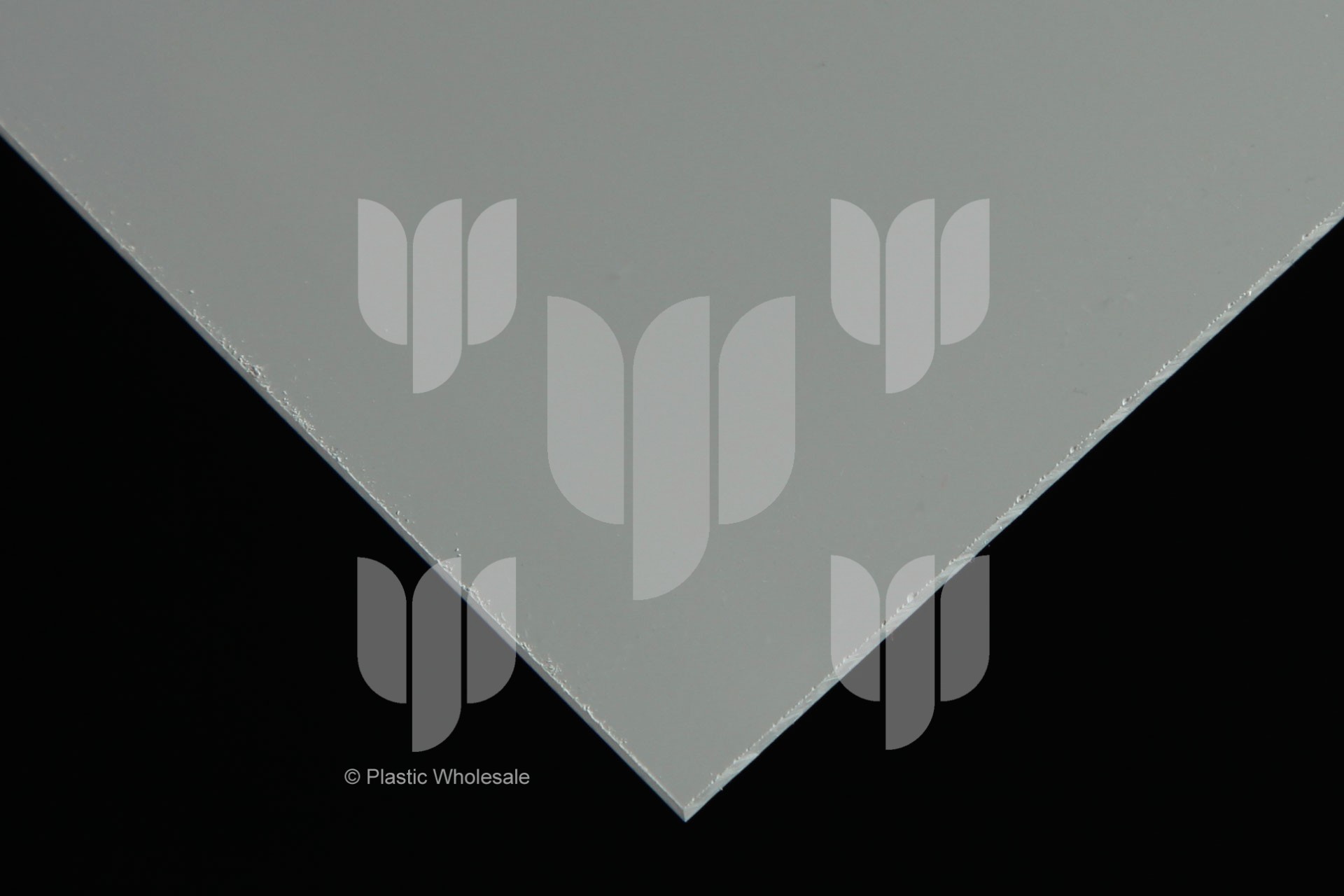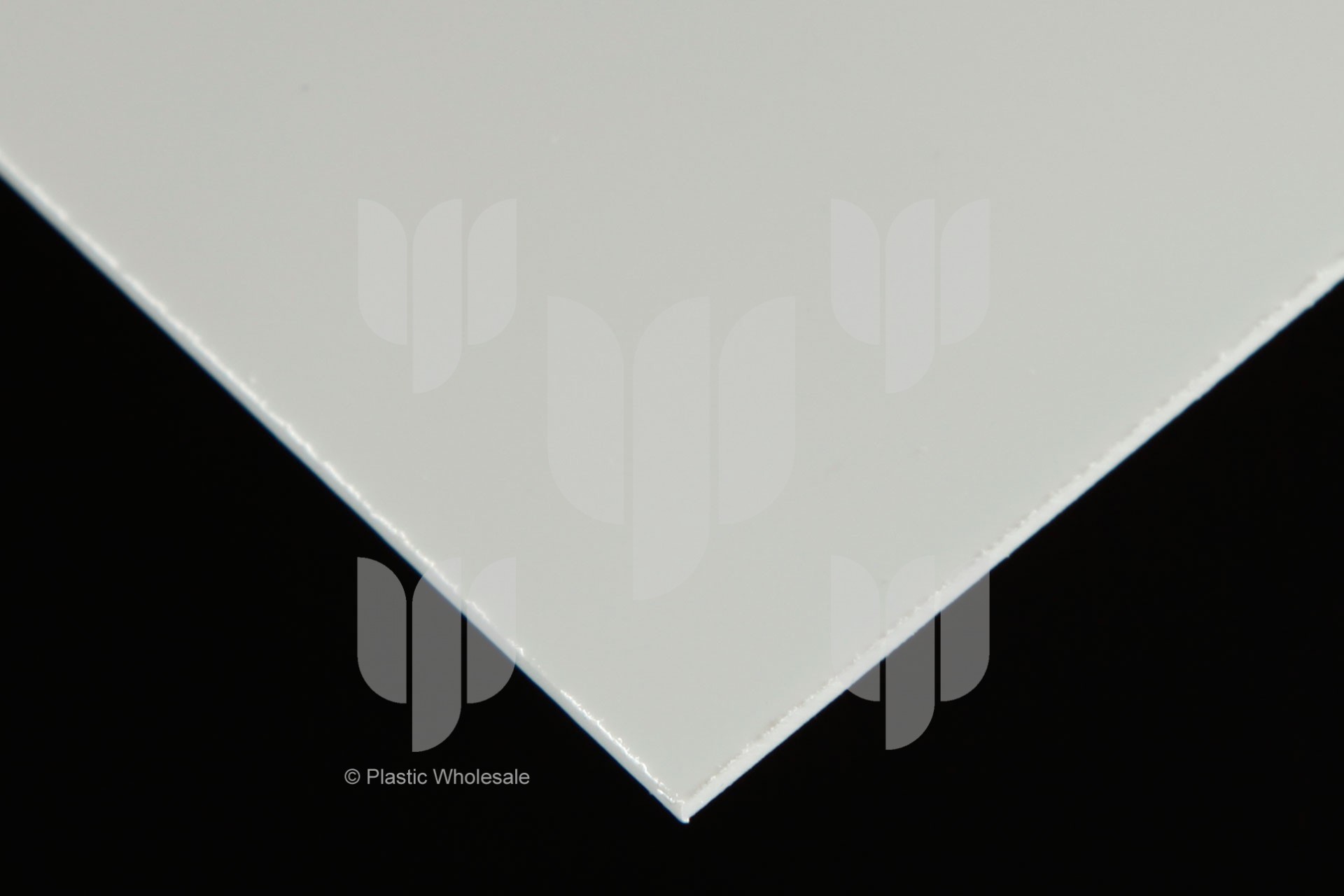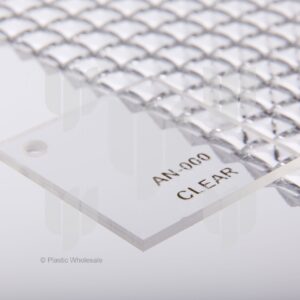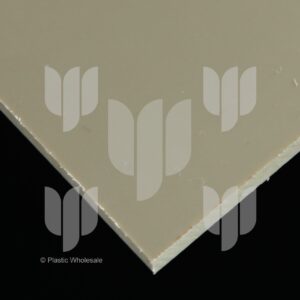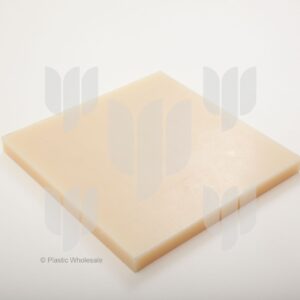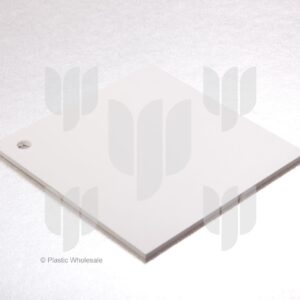About PVC
PVC is the world’s third most widely produced plastic after polypropylene and polyethylene.
Cheap, durable, rigid and easy to assemble, it is widely used in construction where cost and risk of corrosion limit the use of metal.
Its flexibility can be enhanced with the addition of plasticisers, making it suitable for a wide variety of applications, ranging from upholstery and clothing to garden hoses and cable insulation.
 PlasticWholesale_datasheet_PVC1.pdf
PlasticWholesale_datasheet_PVC1.pdf
History
1835 – PVC is discovered by accident by Henri Victor Regnault. It would be re-discovered in 1872 by Eugen Baumann, also by accident. In both instances it is made from vinyl chloride that has been exposed to sunlight
1926 – Waldo Semon of B.F. Goodrich Company invents plasticised PVC, also known as vinyl
1930s – PVC is put to its first commercial use as shock absorber seals, starting a trend that would see a huge reduction in the use of natural rubber
1940s – PVC serves as a rubber replacement for the armed forces during World War II, demonstrating superior safety and performance as an insulator for electrical wiring
1950s – The first PVC piping is introduced
Applications
The high chemical resistance, cost-effectiveness and durability of PVC make it suitable for a wide variety of applications. These include:
- Conveyor systems: PVC is used to make rollers in light conveyor systems which only require low tolerance or wear resistance
- Signage: Sign writers sometimes use PVC sheet as a backing panel to make their signs more rigid
- Maritime: Boat owners frequently use transom panels made from PVC as protective insulation between the hull and the motor
- Custom fabrication: Cheap, durable and versatile, PVC is put to a wide range of customised uses, including fume cupboards, chemical tanks, roofing membranes and children’s toys
Key Properties
General
Density relative to water (=1), 1.4
Water absorption (24 hrs), 0.10%
Thermal
Continuous Service Temperature, 60°C (140°F)
Melting point, ≥100°C (≥212°F)
Mechanical
Tensile Modulus of Elasticity, >3200 MPa
Tensile Strength at Break, 54 MPa
Elongation at Break, >25%
Impact Strength, Notched Izod @ 23°C, 4 kJ/m2 (1.9 ft-lbs/in2)
